Trimming fruit trees is a crucial technique for any gardener or orchard manager aiming to enhance their yield while also promoting the well-being and durability of their trees. By recognizing the best seasons for pruning, applying proper methods, and utilizing suitable tools, you have the opportunity to preserve attractive and fruitful trees for the foreseeable future.
The best time to prune fruit trees is late winter into early spring to avoid winter hardiness and ensure the tree’s health. You can also prune fruit trees in the summer (late July or August), but severe pruning during this time may weaken the tree.
By following the advice presented here, you’ll be well on your way to enjoying bountiful harvests and beautiful, healthy fruit trees for years to come.
What we cover
ToggleOptimal pruning seasons for different fruit trees
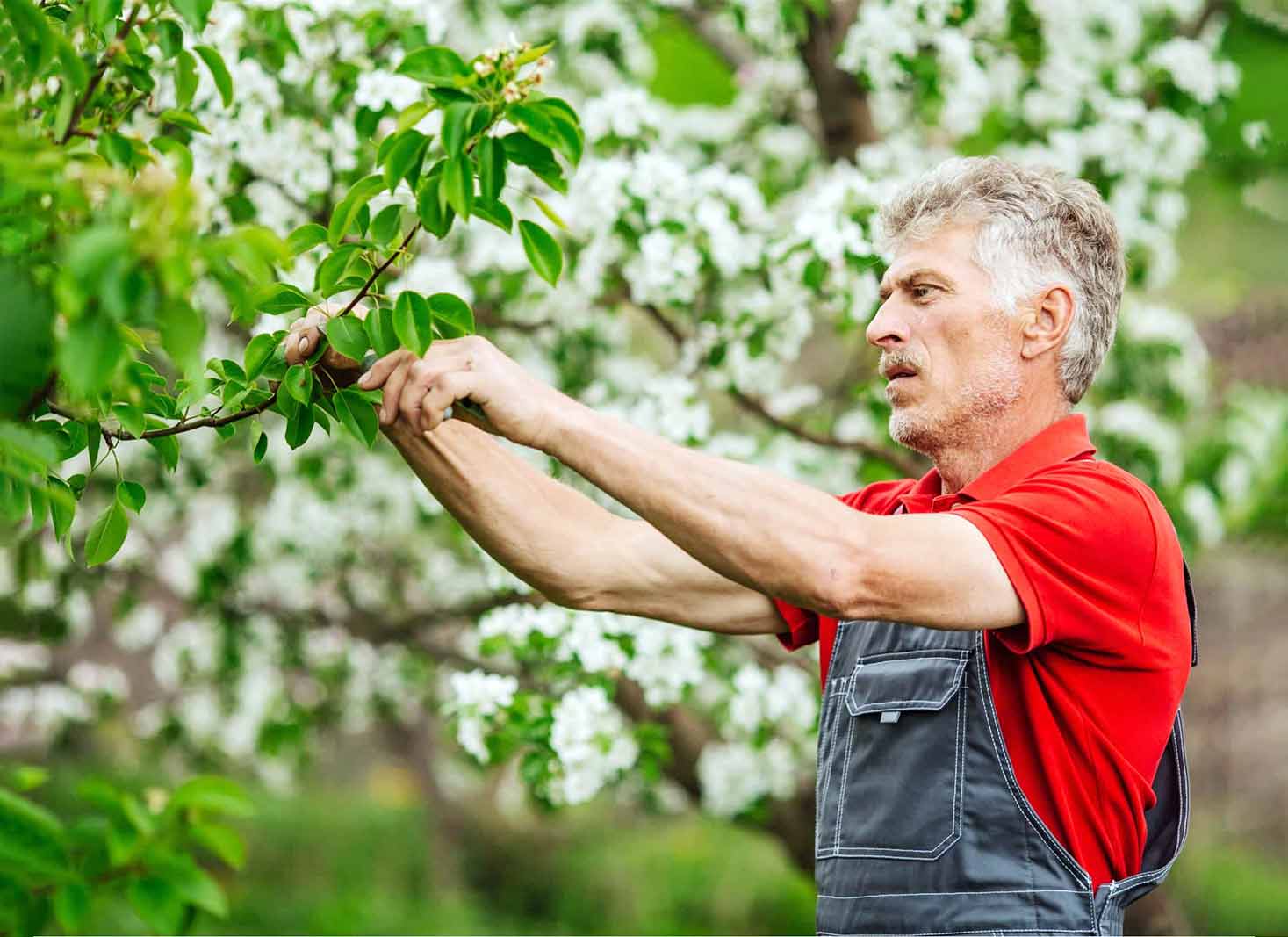
Pruning at the right time is crucial for the overall well-being and productivity of your fruit trees. There are three main seasons in which to prune fruit trees: late winter/early spring, post-flowering, and summer.
Each season presents unique benefits and considerations for different types of fruit trees, making it essential to understand the specific needs of your trees and the local climate.
By pruning at the optimal time, you’ll encourage vigorous growth, prevent diseases, and ensure the best possible development of fruit buds for the upcoming season.
Late winter/early spring pruning
Late winter/early spring is the most suitable period for pruning most fruit trees, as it promotes vigorous growth and aids in the prevention of diseases.
During this time, fruit trees are dormant, making it easier to see the tree structure and remove damaged or diseased branches.
However, pruning during sub-zero temperatures may result in harm to the wounds, affecting the entire tree’s health and growth.
One unique exception to the late winter/early spring pruning rule is the common fig tree, which produces fruit on new wood.
This means that pruning these trees during the dormant season will not negatively impact fruit production and can even be beneficial for growth and disease prevention.
Post-flowering pruning
Post-flowering pruning is particularly suitable for stone fruit trees, such as peaches, plums, cherries, and apricots. This type of pruning allows for better fruit production and decreases the risk of diseases.
Fruit trees normally produce flower buds during the summer months before they bloom. This typically occurs in the season prior to bloom. It’s important to differentiate between flower buds and leaf buds when pruning stone fruit trees.
In apple and pear trees, flower buds are distinguishable by their swollen base, more rounded shape, and larger size in comparison to leaf buds.
In peach, plum, cherry, and apricot trees, both flower buds and leaf buds occur along the length of short shoots and spurs.
Summer pruning
Summer pruning is advantageous for moderating tree size and eliminating broken or infected branches, particularly in cherry and older apple trees.
The most suitable time for pruning fruit trees during the summer season is once new growth has begun to emerge from the initial cuts.
The advantages of summer pruning for cherry and old apple trees include the ability to control the size of the tree and eliminate damaged or unhealthy branches.
Additionally, summer pruning can help regulate tree size and eliminate damaged or unwell branches in other fruit trees as well.
When is it too late to prune fruit trees
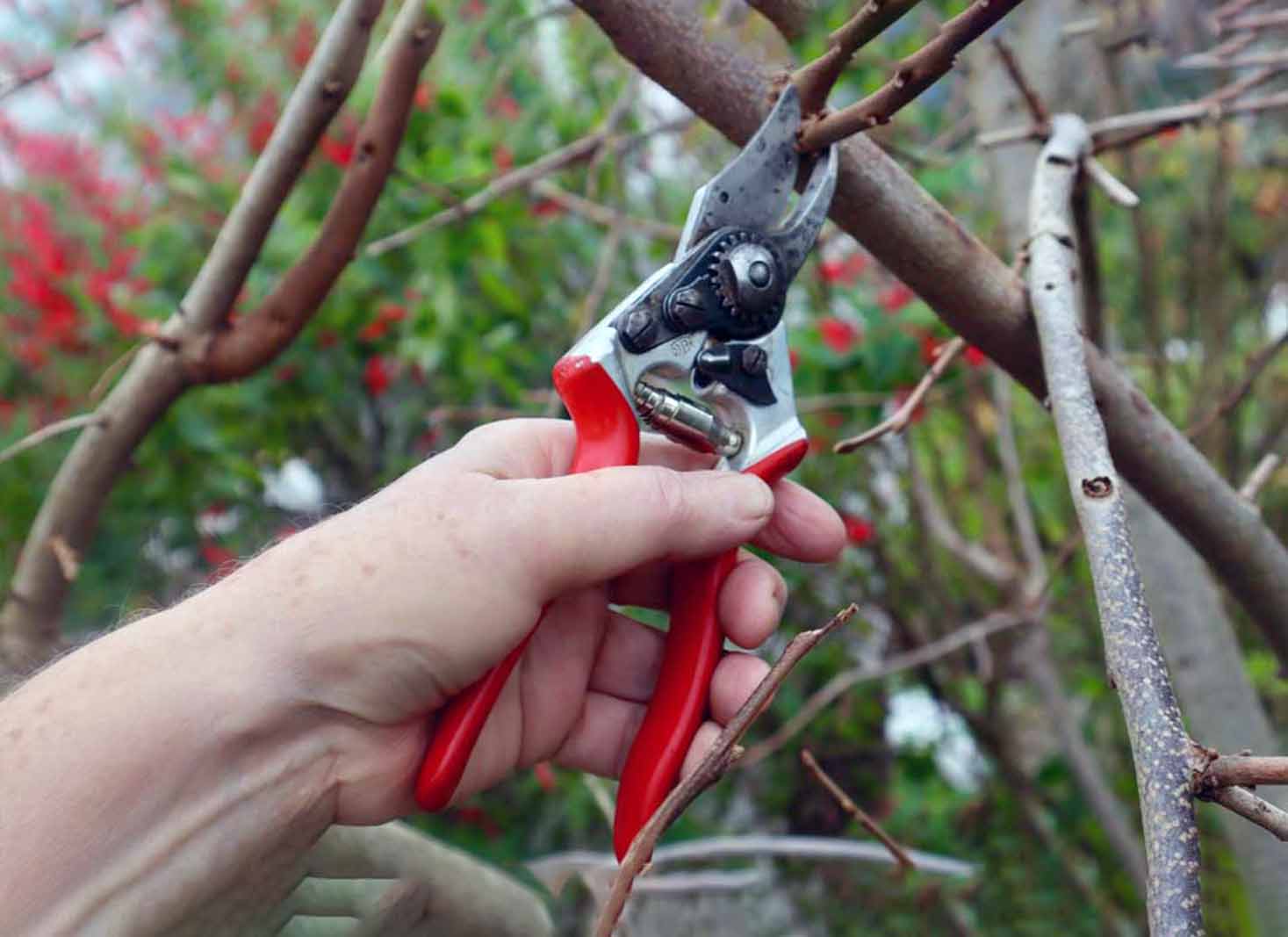
It’s important to know when it’s too late to prune fruit trees in order to avoid causing harm to the tree and compromising its growth and fruit production.
It is no longer appropriate to prune fruit trees once they have reached full bloom or during the autumn season.
Pruning fruit trees when they are in full bloom or during autumn can result in slow growth and unhealed pruning wounds, making the tree more susceptible to diseases and pests.
In very cold climates, pruning during late summer and autumn can also be risky.
When to prune fruit trees by hardiness zone
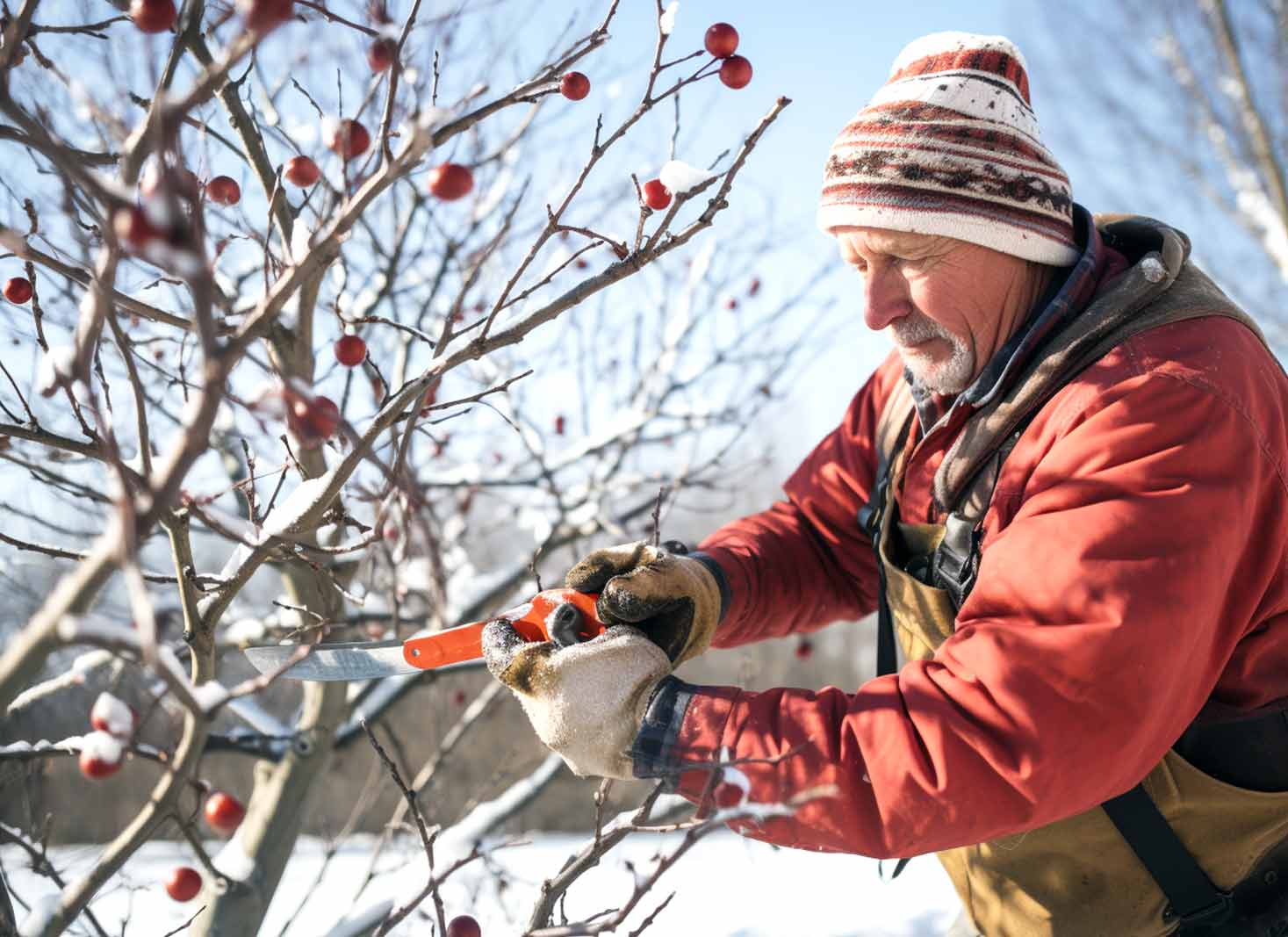
Pruning fruit trees according to their hardiness zone is essential for optimal growth and fruit production, with the timing depending on the type of tree and the local climate.
The most advantageous time to prune fruit trees based on the hardiness zone is during the dormant season, which spans from December to January and continues until the middle of February.
When deciding when to prune fruit trees by hardiness zone, one should consider the type of tree and the local climate, and consult specific recommendations for each zone.
The importance of pruning fruit trees
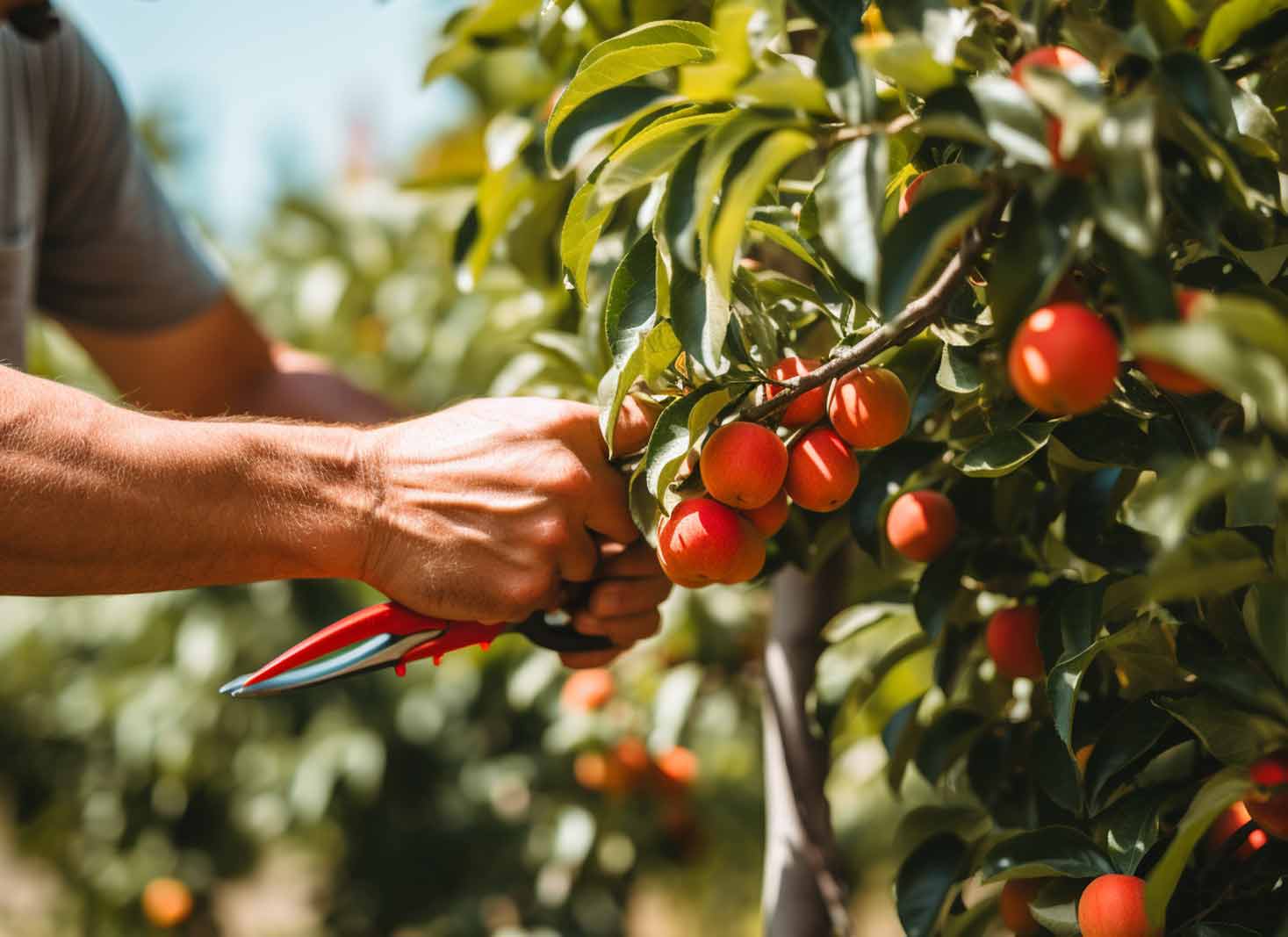
Pruning fruit trees is imperative for increasing fruit yield, sustaining tree health, and improving aesthetics.
From establishing the desired shape and promoting strong growth in young trees to maintaining tree health by removing dead or infected branches, pruning plays a crucial role in the overall well-being of your fruit trees.
In this section, we will delve into the key benefits of pruning fruit trees, including boosting fruit production, maintaining tree health, and enhancing aesthetics.
Boosting fruit production
Proper pruning techniques stimulate the proliferation of branches and spurs that bear fruit, thus augmenting fruit production. Fruit spurs are short, lateral shoots that generate flowers and fruit.
Pruning of trees that bear fruit on older wood is conducted to maximize the number of spurs, while trees that bear fruit on short-lived spurs are pruned to stimulate new branch growth.
Identifying fruiting spurs for each type of fruit tree is of paramount importance, as the absence of spurs will result in the absence of fruit.
Knowing the distinction between trees that generate fruit on older wood and those that generate fruit on short-lived spurs will help ensure the most productive pruning techniques are employed.
Maintaining tree health
Routine pruning eliminates dead, infected, or impaired branches and encourages air circulation, sustaining tree health.
Removing diseased or damaged branches during pruning helps deter the spread of disease and pests while enhancing air circulation and sunlight exposure fosters healthy growth.
Water sprouts are shoots that grow vertically from the trunk or branches of a tree. Removing water sprouts is necessary in order to open up the tree canopy, increase fruit production, and prevent diseases from spreading.
Maintaining a balanced and healthy canopy is crucial for the overall health and productivity of your fruit trees.
Enhancing aesthetics
Pruning can accomplish a desired tree shape and size, augmenting the overall look of the tree.
By removing dead, diseased, or damaged branches and shaping the tree according to your preferences, you can create an aesthetically pleasing and functional landscape.
Fruit tree pruning not only enhances the visual appeal of your fruit trees but also facilitates their upkeep, resulting in a well-maintained and attractive orchard or garden.
Essential pruning techniques for fruit trees
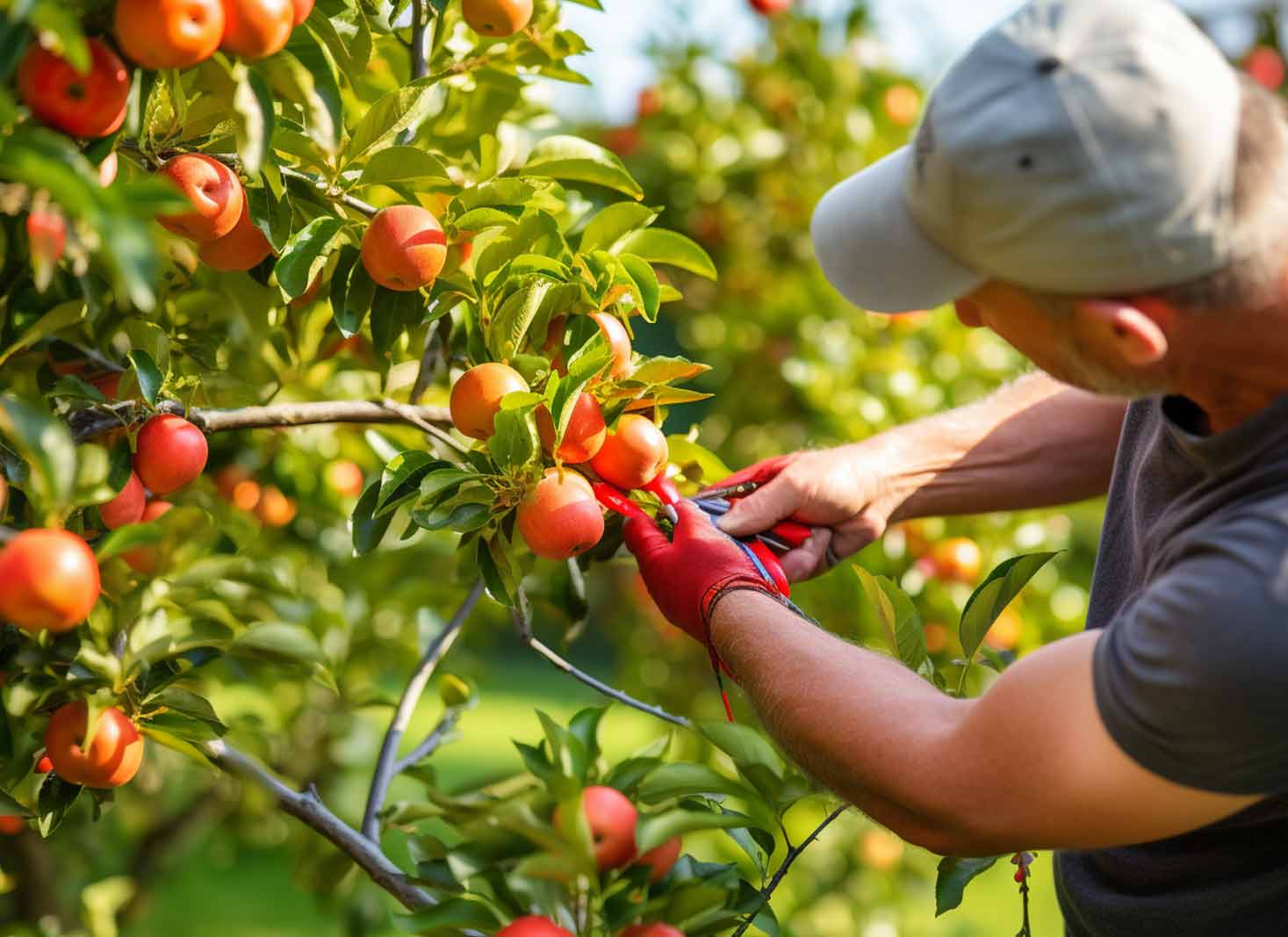
To ensure the best results when pruning fruit trees, it’s crucial to employ the right techniques.
In this section, we’ll introduce three essential pruning techniques that are fundamental to the proper care and maintenance of fruit trees: thinning cuts, heading cuts, and scaffold branch management.
Thinning cuts involve removing entire branches or stems from the entire tree. This helps to open up.
Thinning cuts
Thinning cuts involve the complete removal of branches in order to reduce overcrowding and promote air circulation. This type of pruning cut is especially beneficial for maintaining the overall health and productivity of your fruit trees.
By removing excess branches and allowing for better air circulation and sunlight penetration, thinning cuts can help prevent diseases and pests, as well as encourage the growth of healthy fruit-bearing branches.
Thinning cuts can also help improve the overall shape and structure of the tree, making it stronger.
Heading cuts
Heading cuts involve the partial removal of branches in order to encourage branching and maintain the shape of the tree.
By removing part of the shoot or branch while leaving the remainder on the tree, heading cuts stimulate new side growth, inhibit sucker growth, and foster early fruiting.
This type of pruning cut is particularly useful for maintaining the desired tree shape and promoting healthy, productive growth.
Scaffold branch management
Scaffold branch management concentrates on sustaining a robust, adequately spaced framework of scaffold branches for maximum fruit production.
This includes eliminating dead or frail branches and pruning branches to generate a strong, even canopy.
Scaffold branch management is essential for preserving the form and structure of the tree, facilitating proper sunlight penetration, augmenting fruit production, and averting breakage and vulnerability to pests and diseases.
Proper care of other branches also plays a crucial role in maintaining overall tree health.
Pruning fruit trees at different life stages
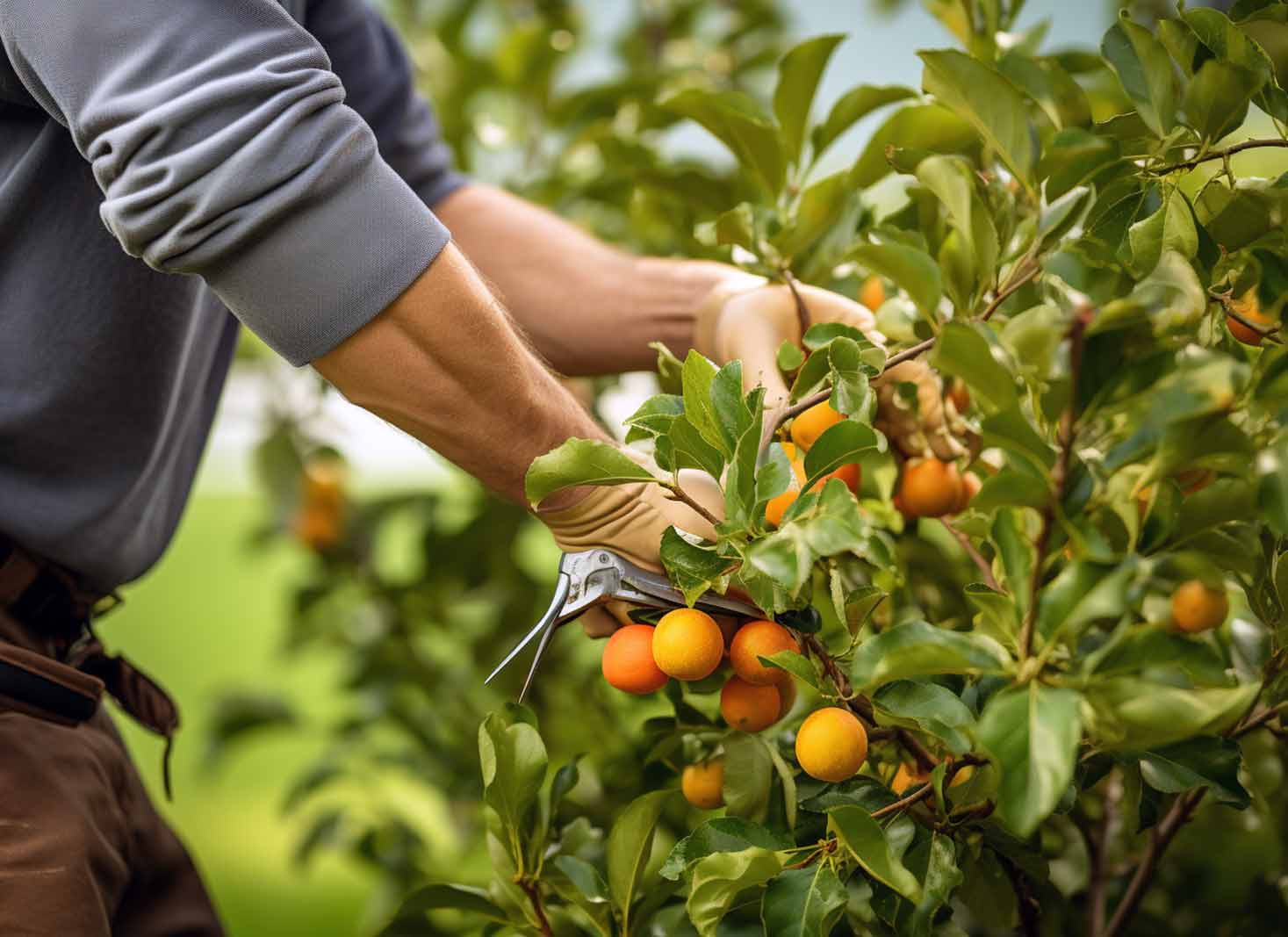
Pruning fruit trees at various life stages presents unique challenges and requires specific techniques and considerations.
In this section, we will discuss the different approaches and techniques necessary for pruning young, mature, and neglected fruit trees, ensuring optimal growth and fruit production at every stage of your growing fruit tree journey.
For young trees, pruning should be done to encourage a strong, healthy structure. This is a very good article.
Pruning young trees
By limiting the amount of pruning in the initial years, you’ll allow the tree to grow strong, healthy branches that will support fruit production in the future.
When pruning young trees, it is important to establish the desired shape and promote strong growth, while limiting the amount of pruning until they bear fruit.
Techniques and considerations necessary when pruning young trees include limiting the amount of the tree removed to no more than 1/3 in a year, ensuring a flush cut by cutting off the branch at the branch collar, and abstaining from cutting below the collar or leaving a stub.
Pruning mature trees
The emphasis of pruning mature trees is on sustaining tree size, eliminating superfluous branches, and avoiding overcrowding.
Maintaining a strong and healthy canopy is crucial for the overall well-being of your fruit trees, as it ensures proper sunlight penetration, prevents diseases and pests, and supports fruit production.
Dormant pruning and canopy management are essential for older fruit trees, as they help prevent inadequate fruit production in densely populated trees.
By removing dead wood and superfluous growth, you can maintain the lateral branches in the appropriate form and ensure a healthy, productive canopy for years to come.
Reviving neglected trees
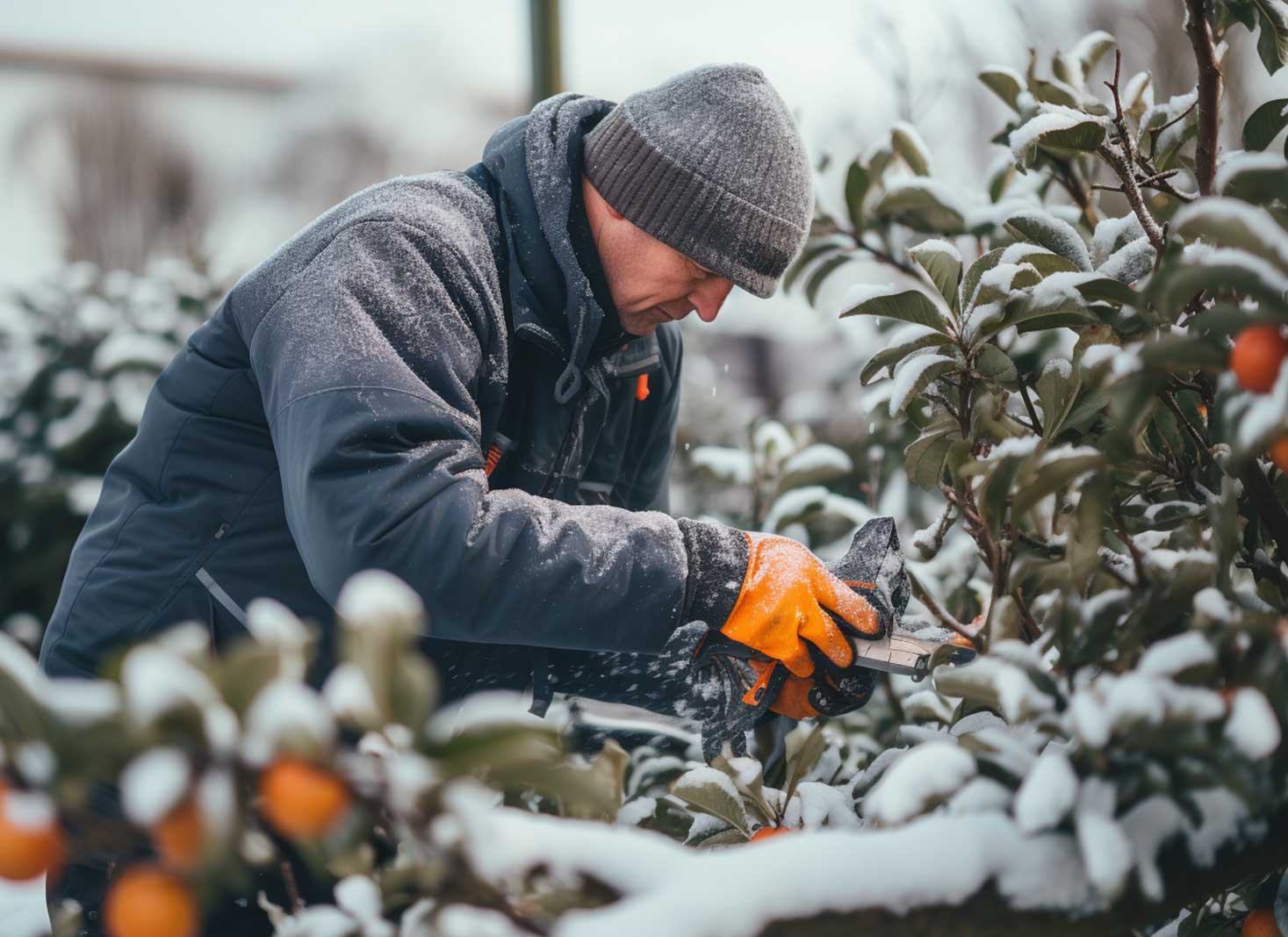
To begin, remove all dead limbs and branches. Remove large limbs before doing detailed pruning. Pruning should be done in this order for best results. In some cases, limbs will grow too close together.
To prevent this, a thinning cut should be made to remove one of the limbs. This process encourages healthy development and natural spacing.
To conclude the pruning process, remove smaller branches and spurs as required so that the remaining ones are not congested. For equilibrium and sunlight, remove more branches in the upper portion of the tree.
In the following year, continue to remove large branches that congest others, and prune to maintain the shape of the tree, and thin out branches to keep the tree from becoming crowded.
Recommended tools and safety tips for pruning fruit trees
Proper tools and safety precautions are essential for the successful pruning of fruit trees. In this section, we’ll discuss the recommended tools for pruning fruit trees based on the size and type of branches being pruned.
It is important to keep safety precautions in mind while pruning. Wear protective clothing, such as gloves, long sleeves, and eye protection. Make sure to use the correct terminology.
Choosing the right tools
Selecting the appropriate tools for pruning fruit trees is of great importance, as it can have an effect on the tree’s health and the quality of the fruit.
Utilizing sharp tools will enable clean cuts, which can help maintain the health of the tree and decrease the possibility of disease and insect damage.
When selecting the appropriate tools for pruning fruit trees, one should take into consideration the size and type of branches to be pruned, and choose the appropriate pruning shears, loppers, or saws.
Safety precautions
It is essential to adhere to safety precautions when pruning fruit trees to avert injuries and thwart pests and diseases.
Some recommended safety precautions include wearing protective gear, ensuring proper footing, and being aware of potential hazards while pruning, such as power lines.
Additionally, it is important to avoid severe pruning if the tree is lacking vigor, as this can put undue stress on the tree and lead to further health issues.
FAQ's
It is generally best to prune fruit trees in late winter into early spring for optimal tree health and winter hardiness.
Summer pruning can also be performed, but severe pruning can weaken the tree.
To properly prune a fruit tree, remove thick, vertical branches with a saw, open up the center of the tree by trimming away smaller branches with bypass pruners, and use long-handled loppers to trim the very top of the tree.
Remove about one-third of the branches and prune again each of the next two years.
Pruning fruit trees has many benefits, including increased fruit production, improved tree health, and enhanced visual appeal.
Wear protective gear, ensure secure footing, and be aware of hazards when pruning fruit trees.
Follow proper techniques to maintain tree health and avoid injuries.












